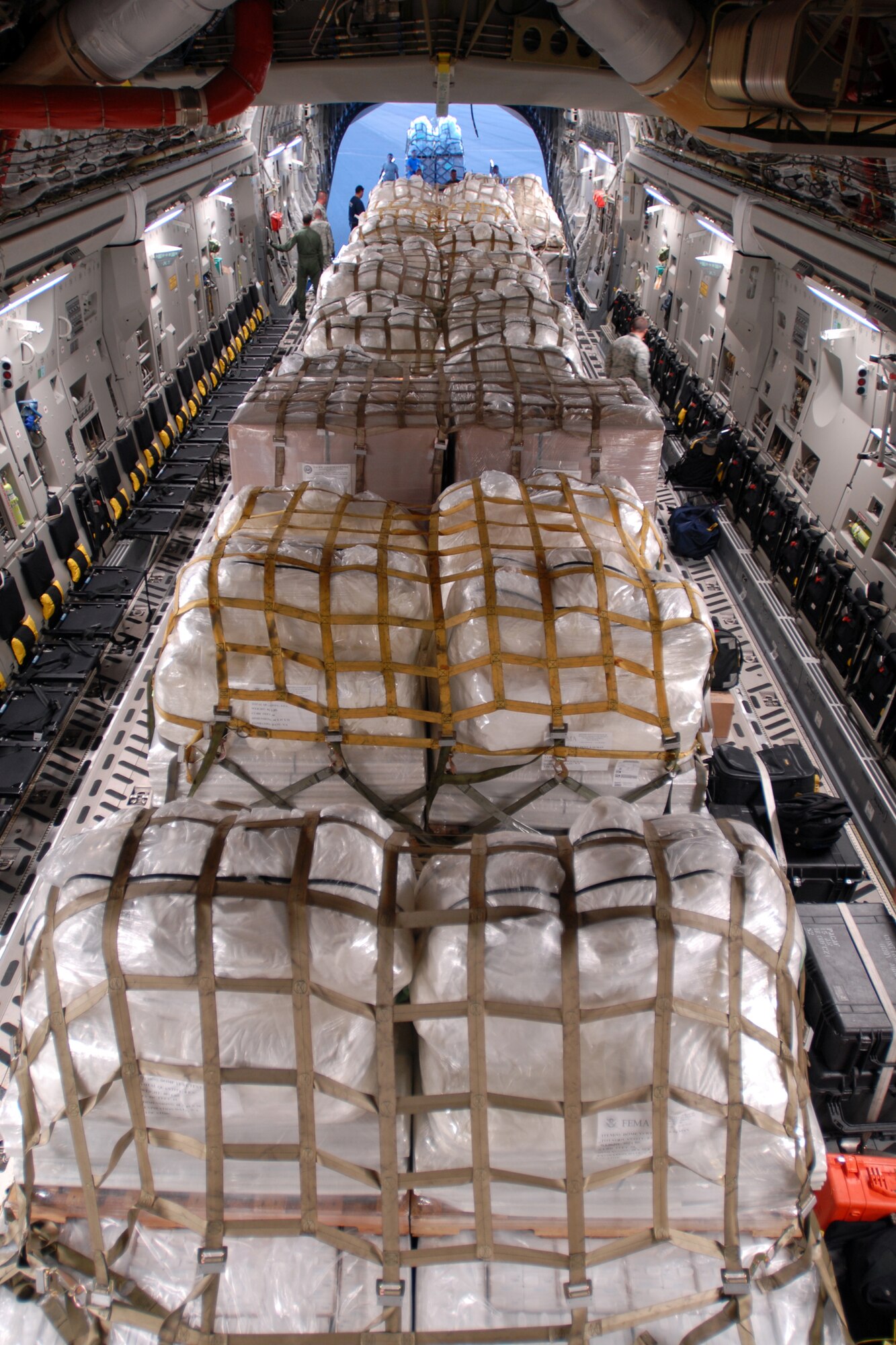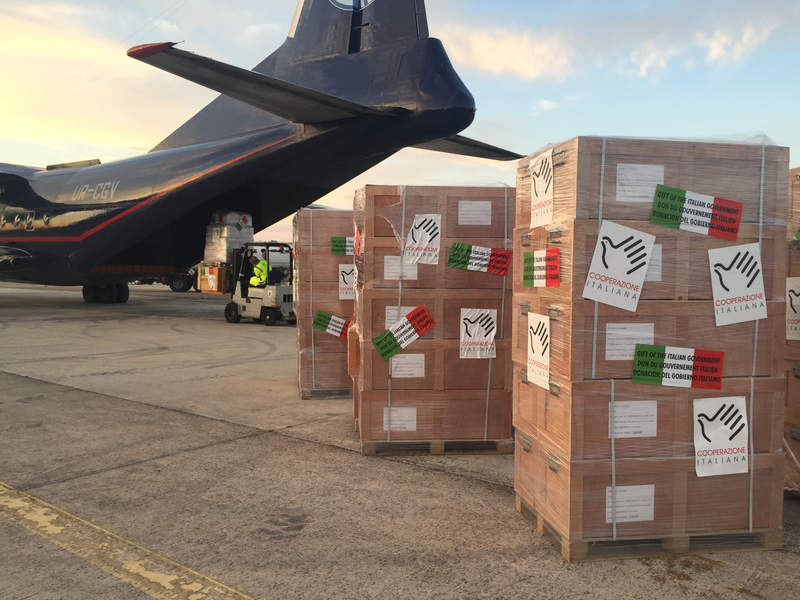Airlines play a crucial role in emergency and humanitarian relief efforts. This is especially true in Bangladesh. Bangladesh faces many natural disasters. These include floods, cyclones, and earthquakes. When disaster strikes, quick action is vital.
Why Airlines Are Important
Airlines can reach remote areas quickly. Roads might be blocked or damaged. In such cases, airplanes and helicopters are the best option. They can carry food, water, and medical supplies. They also transport rescue teams and doctors.
Speed And Efficiency
Air transport is the fastest way to deliver aid. Every minute counts in an emergency. Planes and helicopters can fly over obstacles like rivers and mountains. This makes them very effective.
Large Capacity
Airplanes can carry a lot of supplies. They can transport thousands of pounds of food and medicine. This is much more than trucks or boats can carry. Helicopters can also carry heavy loads, even if they are smaller.
Examples of Airlines in Action
Many airlines have helped in emergencies in Bangladesh. Here are some examples:
- 2017 Floods: Major airlines like Biman Bangladesh Airlines and US-Bangla Airlines delivered tons of aid supplies.
- Cyclone Sidr in 2007: Airlines transported rescue teams and medical supplies quickly.
- Rohingya Refugee Crisis: Airlines helped by transporting food and medical supplies to refugee camps.

Credit: www.15wing.af.mil

Credit: en.wikipedia.org
Partnerships with Relief Organizations
Airlines often work with relief organizations. These include the Red Crescent and the United Nations. Together, they plan and execute relief missions. This partnership is crucial for effective aid delivery.
Red Crescent Society
The Red Crescent Society often collaborates with airlines. They organize flights to deliver food and medical supplies. They also transport volunteers and doctors.
United Nations
The United Nations also works with airlines. They coordinate large-scale relief efforts. They ensure that aid reaches the people who need it most.
The Role of the Government
The government of Bangladesh plays a key role. They coordinate with airlines and relief organizations. They also provide funding and logistical support. This ensures that aid efforts are well-organized.
Disaster Management Bureau
The Disaster Management Bureau is a government agency. They plan and execute disaster relief efforts. They work closely with airlines and other organizations.
Ministry Of Health
The Ministry of Health is also involved. They ensure that medical supplies and doctors are available. They work with airlines to transport these resources quickly.
Challenges Faced
While airlines are very effective, they face challenges. These include bad weather, limited landing spots, and high costs.
Bad Weather
Bad weather can delay flights. This can slow down relief efforts. Pilots need to be very skilled to fly in such conditions.
Limited Landing Spots
Not all areas have airports or landing spots. Helicopters can land in smaller spaces, but they have limited capacity.
High Costs
Flying planes and helicopters is expensive. Fuel, maintenance, and crew salaries add up. Funding is often needed from the government or international organizations.
Future Improvements
There are ways to improve the role of airlines in relief efforts. Better planning and more funding can help. Advanced technology can also play a role.
Better Planning
Better planning can make a big difference. Airlines and relief organizations can work together more closely. They can plan for different types of disasters.
More Funding
More funding is needed. This can come from the government and international organizations. With more money, airlines can be better prepared.
Advanced Technology
Advanced technology can also help. Drones can be used for surveillance and small deliveries. New types of aircraft can carry more supplies.
Frequently Asked Questions
What Is The Role Of Airlines In Emergencies?
Airlines provide rapid transport of medical supplies and personnel during emergencies.
How Do Airlines Support Humanitarian Missions?
Airlines offer cargo space for relief goods and facilitate quick deployment of aid workers.
Why Are Airlines Crucial In Disaster Response?
Airlines ensure timely delivery of essential supplies and aid during disasters, minimizing impact.
How Do Airlines Help During Natural Disasters?
Airlines transport rescue teams and relief materials to affected areas swiftly.
Conclusion
Airlines play a vital role in emergency and humanitarian relief in Bangladesh. They provide speed, efficiency, and large capacity. They work with relief organizations and the government. Despite challenges, they make a big difference. With better planning, more funding, and advanced technology, they can be even more effective in the future.








